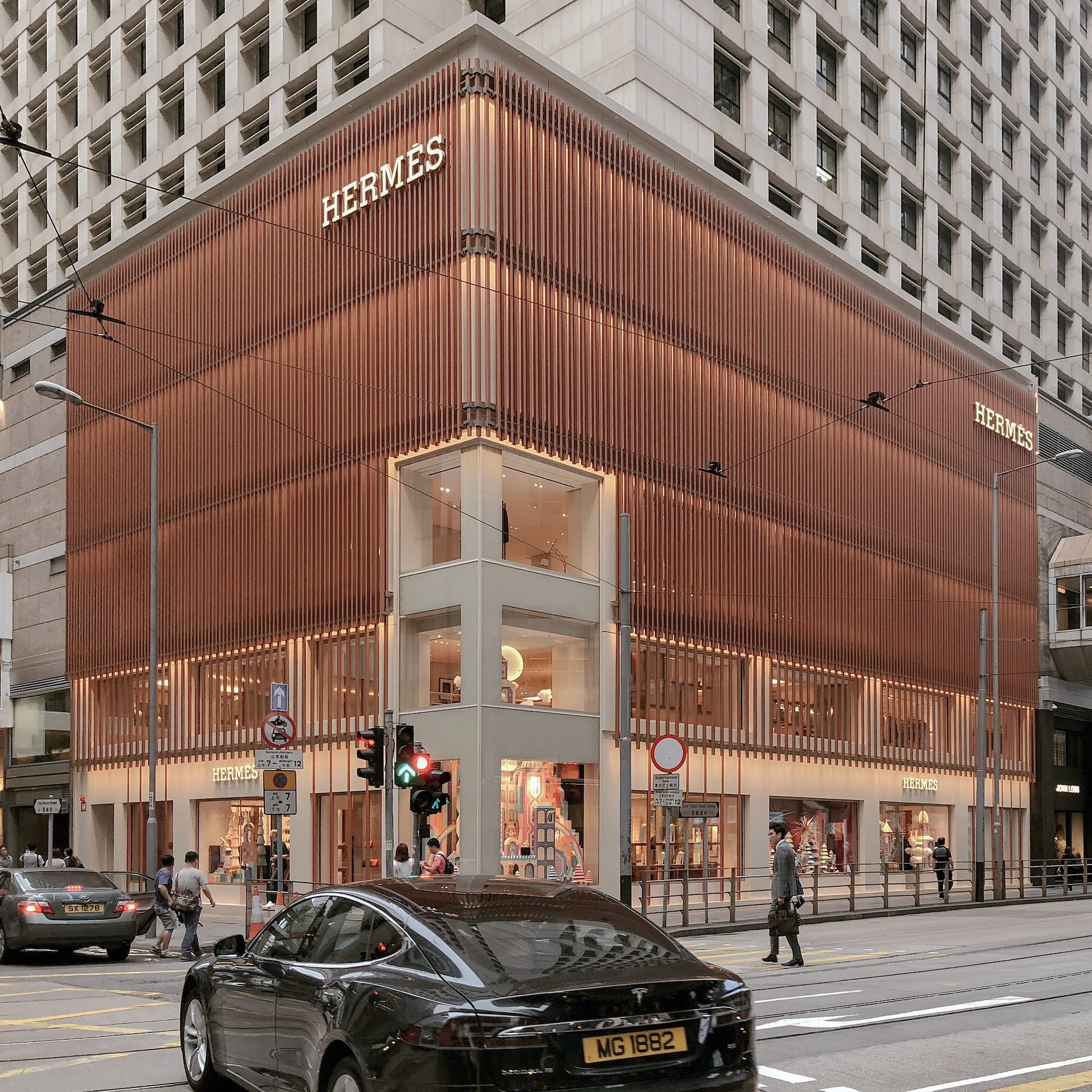Introduction
Limited-edition luxury items have always held a unique allure. They are not just objects of desire because of their inherent quality and craftsmanship, but also because of their rarity and exclusivity. From the world’s finest watches to custom-made automobiles, these items represent the pinnacle of human ingenuity and design, and owning one is a statement of status and taste.
The Allure of Limited Editions
Limited-edition items, by their very nature, are produced in restricted quantities. This scarcity factor enhances their appeal, as owners of these items belong to an exclusive club of sorts. The fewer the items produced, the greater the aura of exclusivity. This feeling of belonging to a select group, of owning something that not everyone can possess, is a significant part of the allure of limited-edition luxury items. It’s not just about the item itself, but also about the prestige that comes with ownership.
The Role of Craftsmanship
Craftsmanship is another significant aspect of the appeal of limited-edition luxury items. These items are often handcrafted by skilled artisans, using traditional methods that have been passed down through generations. The attention to detail, the dedication to the craft, and the amount of time invested in creating each piece add significantly to their intrinsic value. Every stitch, every hammer strike, every brush stroke is a testament to the skill and dedication of the craftspeople. This commitment to quality and artistry is part of what makes these items so desirable.
The Impact of Branding
Branding plays a pivotal role in the allure of limited-edition luxury items. Luxury brands are known for their history, heritage, and the prestige associated with them. When they release a limited-edition item, it is seen as a testament to their legacy, further enhancing the item’s appeal. The name of a prestigious brand can add significantly to the allure of a limited-edition item, as it carries with it a reputation for quality, exclusivity, and prestige.
The Investment Potential
Limited-edition luxury items often appreciate in value over time. This potential for investment return adds another layer of appeal for such items. Collectors and investors alike are often willing to pay a premium for these items, knowing that they could yield significant returns in the future. This makes these items not just objects of desire, but also sound financial investments.
Case Studies
To further understand the intrigue of limited-edition luxury items, let’s delve deeper into a few case studies. Whether it’s a Patek Philippe watch, a Hermès Birkin bag, or a limited-edition Ferrari, these items all share the common traits of scarcity, craftsmanship, branding, and investment potential.
The Patek Philippe watch, for example, is renowned for its exceptional craftsmanship and attention to detail. Each watch is meticulously crafted by master watchmakers, resulting in a timepiece of unparalleled quality and beauty.
The Hermès Birkin bag, on the other hand, is a symbol of luxury and exclusivity. With a waiting list that can stretch for years, securing one is no easy feat, adding to its allure and prestige.
The limited-edition Ferrari, meanwhile, represents the pinnacle of automotive design and performance. Owning one is not just about the thrill of driving a high-performance car, but also about being part of an exclusive club of owners.
Conclusion
The intrigue of limited-edition luxury items lies in their unique blend of scarcity, craftsmanship, branding, and investment potential. They are not just items of utility, but symbols of status, prestige, and exclusivity. And as long as these factors continue to hold sway, the allure of limited-edition luxury items will remain irresistible. As society continues to value exclusivity and craftsmanship, the fascination with these items is likely to persist, making them a coveted possession for the discerning few.



